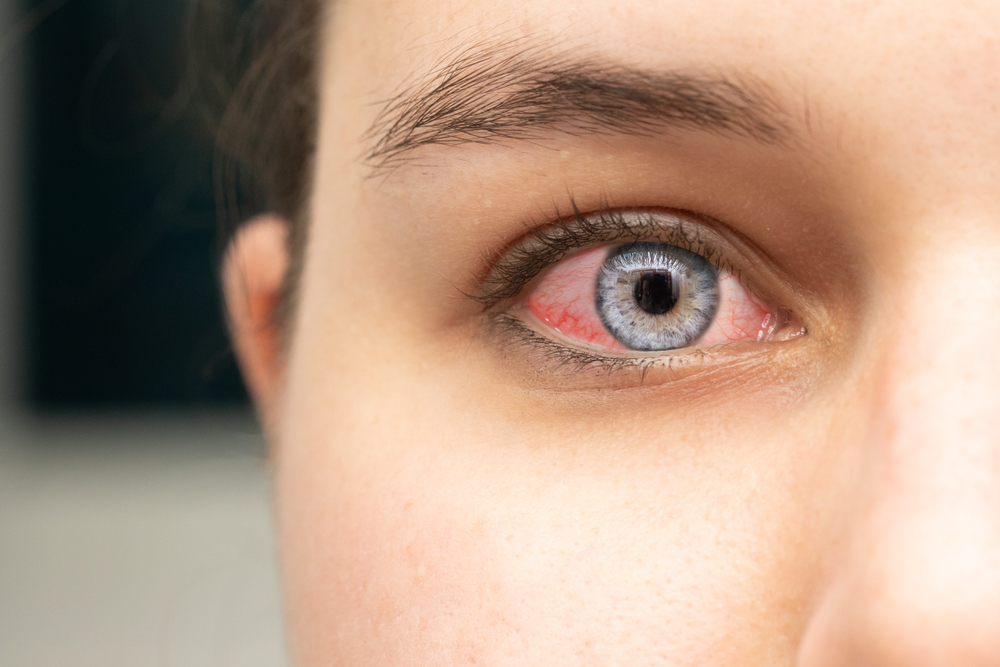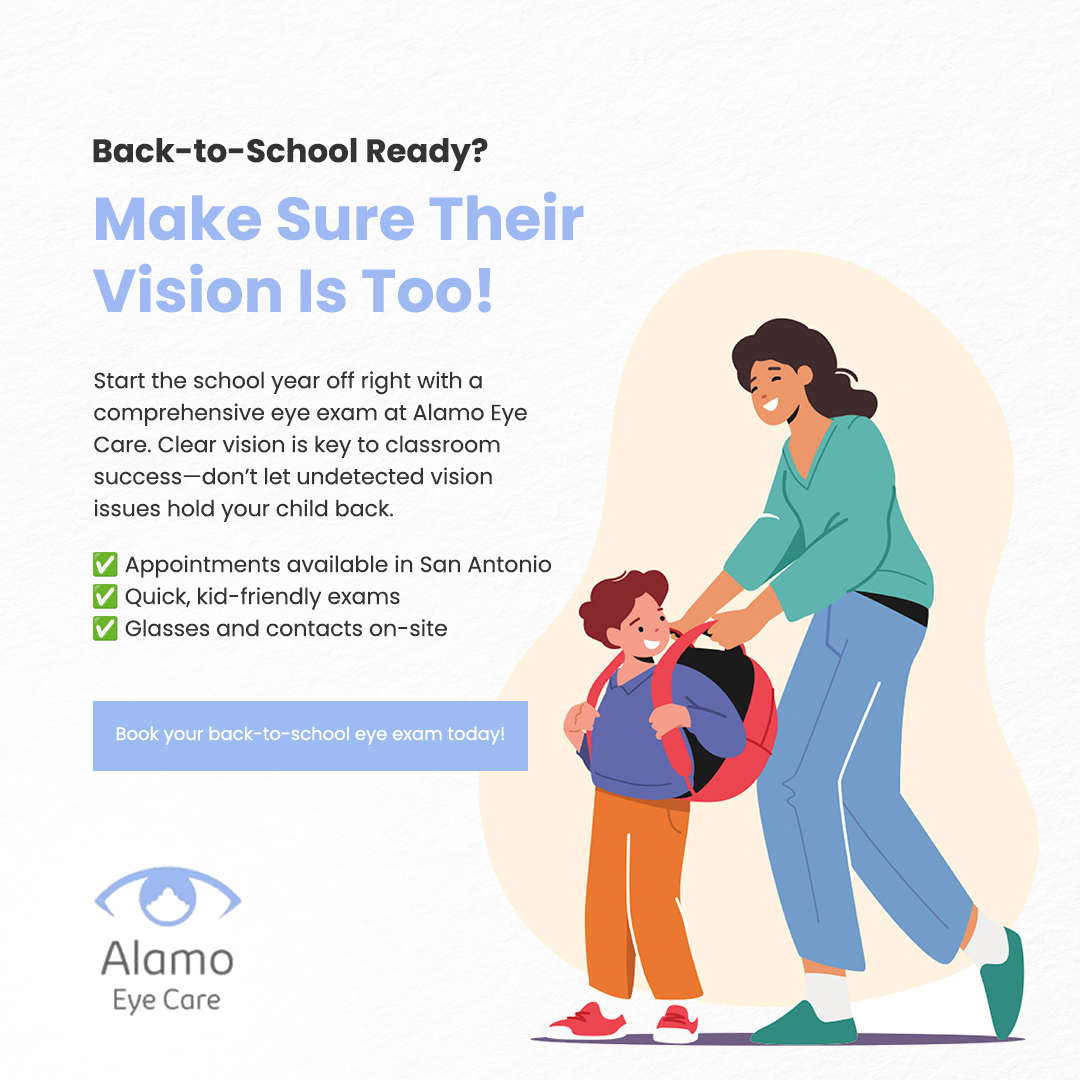
Eye inflammation can occur due to various reasons, and it can affect different parts of the eye. It can be irritating, uncomfortable, and disruptive, but with the right knowledge and care, it's often manageable and treatable. The most important thing to remember is that our eyes are delicate organs, and they deserve our utmost care and attention.
What is Pink Eye?
Conjunctivitis, or pink eye, is an inflammation of the conjunctiva, which is the thin, transparent layer that covers the white part of the eye and the inner surface of the eyelids. It is a common eye condition and is usually not serious, but it can be incredibly uncomfortable and, in some cases, highly contagious.
Pink eye can be caused by several factors, including bacterial and viral infections, allergies, or a foreign object in the eye. It can affect one or both eyes, and it can spread easily, especially in close quarters like schools or workplaces. It's essential to understand the different types of pink eye to manage and treat the condition effectively.
Common Triggers of Pink Eye
There are several common causes of pink eye. Viral and bacterial conjunctivitis are the most common and are caused by infections with a virus or bacteria. These types of pink eye are highly contagious and can spread easily through direct or indirect contact with the infected person's eye secretions.
Allergic conjunctivitis is another common type of pink eye, caused by the body's reaction to allergens such as pollen, dust, or pet dander. This type of pink eye is not contagious, but it can be incredibly irritating and uncomfortable.
Pink eye can also be caused by foreign objects or chemicals in the eye, or by wearing contact lenses for extended periods. These types of pink eye are also not contagious, but they can cause significant discomfort and potential damage to the eye if not treated promptly.
Symptoms of Pink Eye
The symptoms of pink eye can range from mild to severe, depending on the cause of the inflammation. Common symptoms include redness in one or both eyes, itchiness, a gritty feeling in the eye, discharge that forms a crust during sleep, and increased tear production.
When to Seek Medical Assistance for Pink Eye
While pink eye is often not a serious condition, it's vital to seek medical assistance if the symptoms persist or worsen over time.
It's especially important to seek immediate medical attention if you experience severe pain, blurred vision, intense redness in the eyes, or sensitivity to light. These symptoms could indicate a more serious eye condition that requires prompt treatment.
Treatment Options for Pink Eye
The treatment for pink eye depends on the cause of the inflammation. For bacterial conjunctivitis, antibiotics are often prescribed to clear the infection. Viral conjunctivitis, on the other hand, usually resolves on its own within a few weeks, but antiviral medication can be prescribed in severe cases.
Tips for Preventing Pink Eye
While pink eye is common, there are several steps you can take to prevent it. Practicing good hygiene is crucial; this includes washing your hands regularly, not touching your eyes with dirty hands, and not sharing personal items like towels or eye makeup.
If you wear contact lenses, make sure to clean them properly and regularly, and avoid wearing them for extended periods. If you suffer from allergies, try to avoid contact with allergens, and consider using allergy medication or eye drops to help manage your symptoms.
Managing Eye Inflammation Effectively
Dealing with pink eye can be an uncomfortable and frustrating experience, but with the right knowledge and care, it's manageable and treatable. Never hesitate to seek medical attention if you're experiencing persistent or severe eye symptoms.
To learn more on the causes, symptoms, and treatment options for pink eye, visit Alamo Eye Care in our San Antonio or Austin, Texas office. Please call or text (210) 403-9050 to schedule an appointment today.








